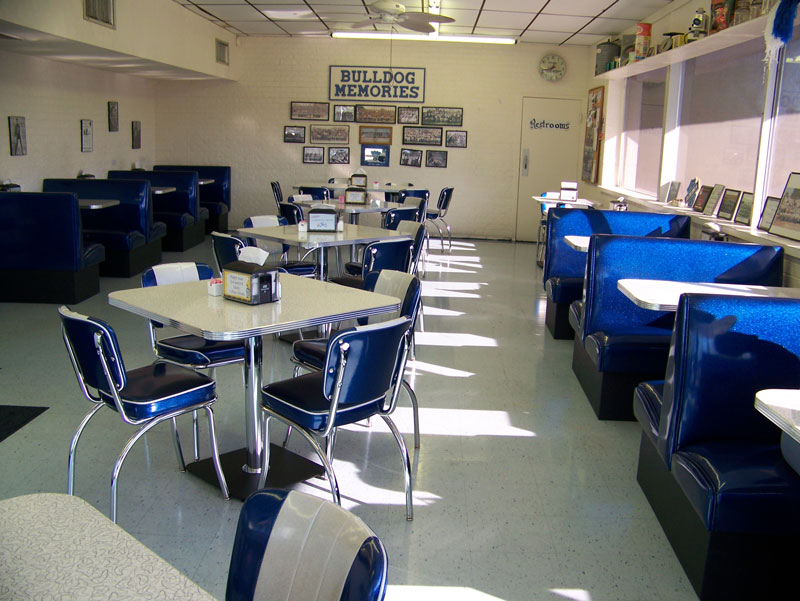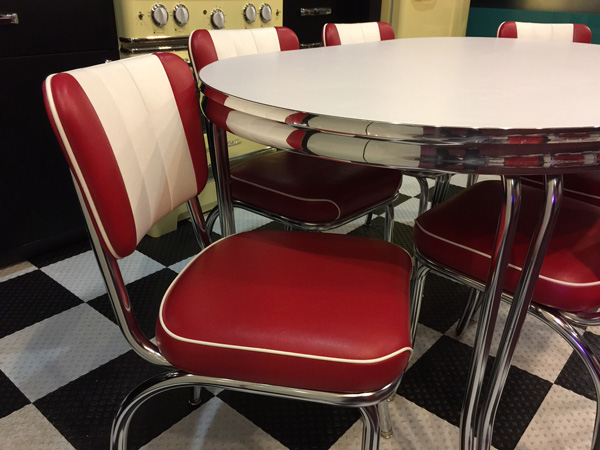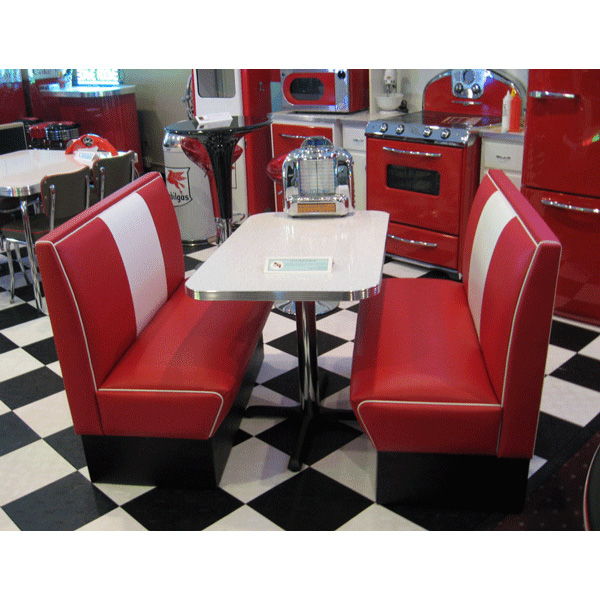Retro furniture describes furniture from the mid-twentieth century. The 50s, 60s, and 70s had such bold, sleek, and ubiquitous furniture designs linked to the pop culture.

In this era, famous furniture designers such as Charles and Ray Eames, Jean Prouve and Paul McCobb redefined modernism and designed pieces that were simple but functional. They quickly became household names then, and even now, designer and architects still scour the globe looking for their old wares. Their ideas were subsequently modified by other designers in the following years with bolder colors, material, and sleek geometric shapes that adorned the homes of many.
The retro era was the rise of contemporary furniture that replaced the Victorian era. In a way, it was a sense of defiance and blooming creativity for the furniture industry. Looking back, you can’t help but marvel at how designers merged the Scandinavian with American furniture styles. Lately, bits and pieces of the classic era are resurfacing, and you don’t need an interior designer to tell you how to redesign your space using retro pieces.
Pick an Era
The first step is to select your era. Retro styles were different in the 50s through to the 70s, and a bit of research will do you some good. The 50s styles feature crisp lines, geometric shapes, and curves with metallic chrome plates pieces dominating the kitchen and diners.
To imitate this style, go for pieces that highlight the sleek curves and a diner family style kitchen featuring a booth with extra chairs for dining. Remove those boring wooden floors and slap down some checkerboard tiles. As for appliances, pastel colors in the 60s and lava lamps in the 70s were favorites. Even the sunburst George Nelson mirrors are a blast from the past that the 50s era produced.
Choose your Retro Furniture
What makes the mid-century modern furniture attractive now is the ubiquitous furniture designs. High-end pieces from a designer such as Eames and Miller could go for as much as $30,000, and they are quite rare now. Pop culture had a significant influence on the retro furniture style.
The most notable feature is the bold eccentric colors and minimalist pieces. Pastel hues in warm yellow, purple, and green were favorite colors back then. Sculpted plastic chairs for the busy homeowner, leather, and gingham were fabrics that adorned furniture in the mid-twentieth century. Pegboard cabinets, a simple storage solution for the living room, are also making a comeback.

Incorporating the retro ideas into your current living style is easy. If you want to bring the retro theme into your living room, a classic armchair for your living room will do. There’s a range of designers styles to pick your seat from, but the blocky leather-upholstered armchairs from the 70s and the sculptural variety made from plastic or plywood are huge favorites.
Whichever era you fancy, go for the bold color theme, dark stained wood, turquoise, yellow and red accent colors contrasting with white floors or walls. A wall-to-wall rug with geometric patterns or a bold wallpaper design was a style widely popular back then.
Illuminate your Space with a Retro feel

Lighting in the vintage era featured jewel tones and the great arc metallic floor lamp. Wall fixture from the 60s revamped the living spaces and featured the geometric shapes, plexiglass, and ceramics. Chrome and silver colors, pendants and glass were popular finishes for lampshades and ceiling chandeliers.
It is easier to use a retro theme for lighting than any other decorating accessories; however, it is essential to go for custom fixture than replicas. Some of the materials and paint used back then was lead-based and dangerous for toddlers and teenagers.
For the furniture, custom fixtures are better than some of those restored vintage pieces. Whatever strikes your creativity, our designers can create a 21st-century retro-inspired piece for your space. Just contact us or visit our offices for inquiries.


Recent Comments